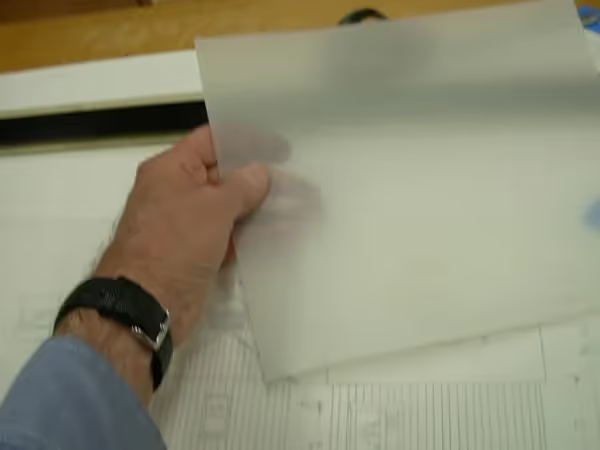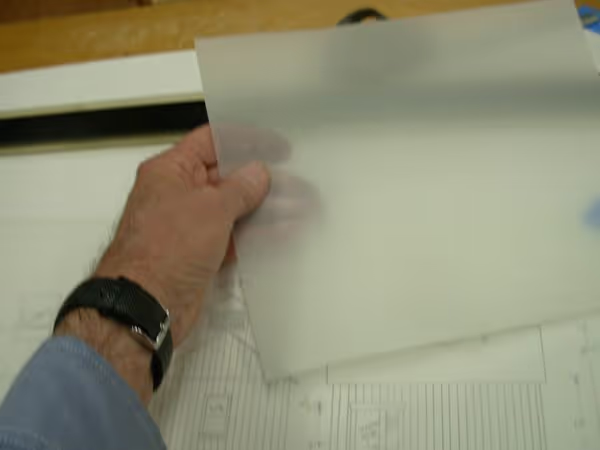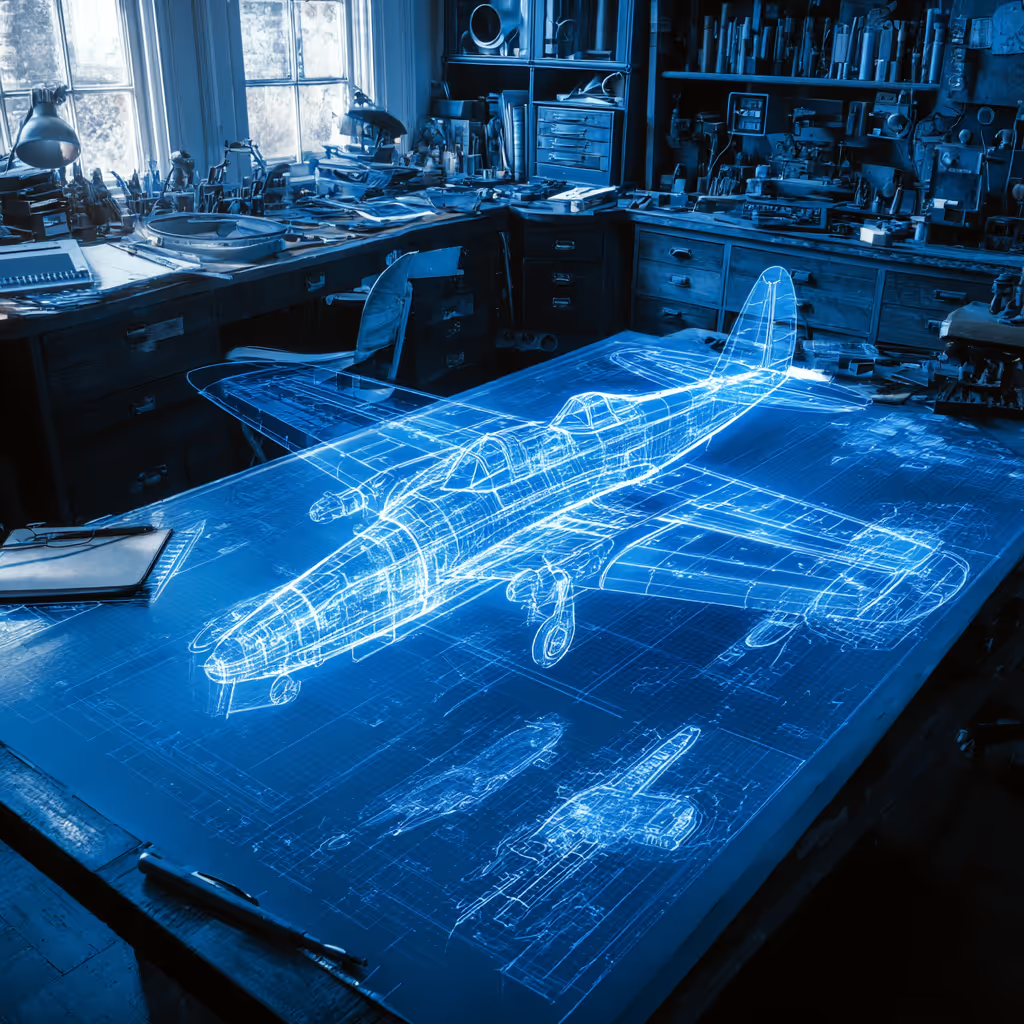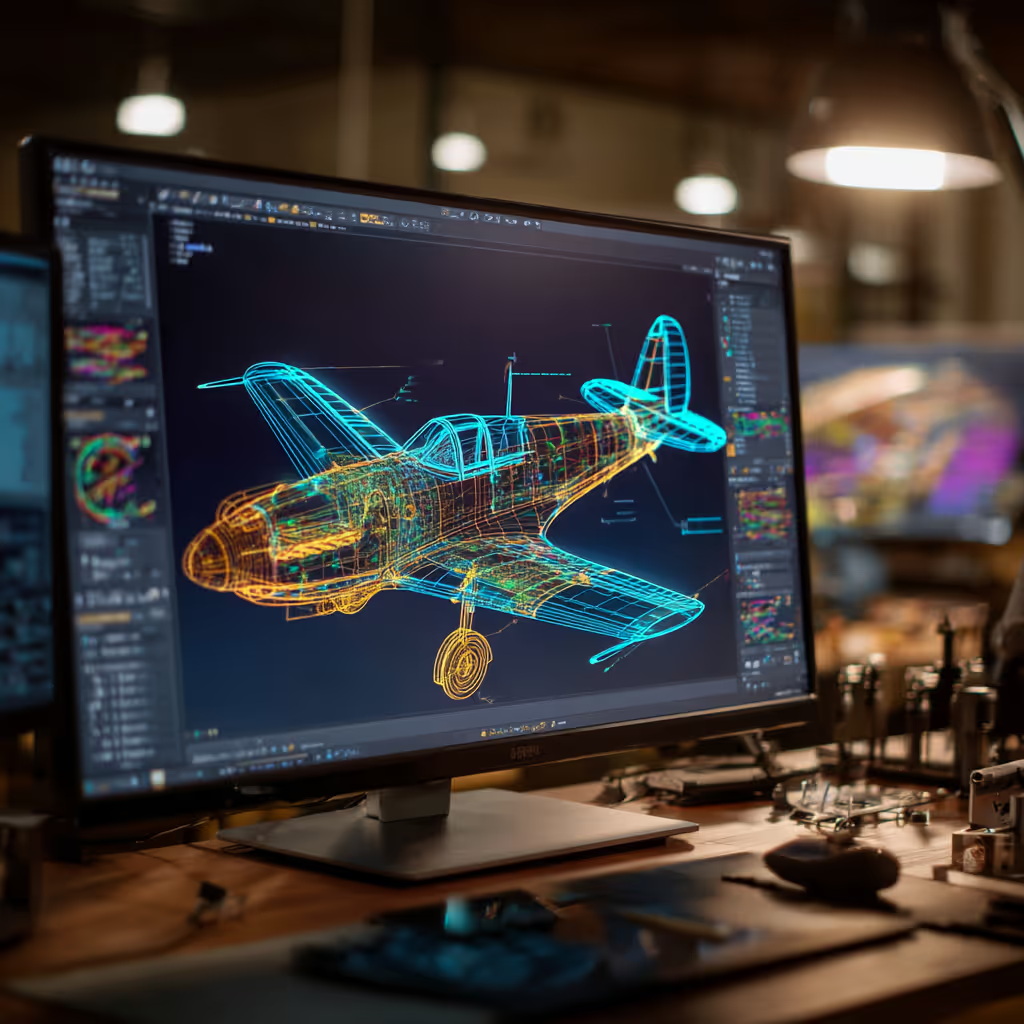How to Ensure Quality Control When Converting Mylars to 3D CAD

How to Ensure Quality Control When Converting Mylars to CAD
Many organizations have large inventories of old Mylar drawings. (Mylar is a trade name for BOPET (biaxially-oriented polyethylene terephthalate) polyester film, which has been widely used by engineering designers in their work.) Mylar was a favored media because schematics that are printed on Mylar reflect the depth and dimension of the finished project more easily than blueprints or paper drawings.

With today’s newer 3D CAD technologies, Mylar film has mostly been replaced by 3D CAD models and dynamic virtual viewing. This can lead to a dilemma for organizations that have large stores of Mylar drawings. Mylar has some inherent stability problems that may affect the long-term accuracy of older drawings.
Because Mylar is basically a plastic sheeting material it can be affected over the years by changes in temperature, causing older drawings to have stretched or otherwise changed in size, affecting the accuracy of the drawing itself. So, the question becomes: If you have legacy Mylar drawings that need to be converted to CAD, how can you ensure quality control in the process?
The accuracy of the final CAD file can be of paramount importance, especially in manufacturing and aerospace applications, where micro-tolerances can be critical. Furthermore, these are the very industries that are most likely to have large archives of Mylar drawings that are still in use, due to the long-life of manufacturing equipment and aircraft.
The questions that arise in nearly every one of these organizations are: Does it make sense to convert the Mylars to CAD? And, can we ensure the accuracy if we do? So, it boils down to two separate issues, the cost of the CAD conversion, weighed against the potential inaccuracies in the final product. Let’s focus on the accuracy issue first by looking at the aerospace industry…
Mylar to 3D CAD in Aerospace
An aerospace Mylar is an un-dimensional engineering drawing. Aerospace mylar drawings have a high accuracy requirement of +/-.005” and are typically very large (up to 48” X 180”). During the manufacturing process, the part that is imaged on the Mylar is cut in metal, then placed on the Mylar to check for accuracy. Because of the requirements for very tight, accurate tolerances in the building of aircraft, accuracy is highly important. The slightest deviation can cause malfunctioning parts in the finished aircraft.
What does it take to succeed in the accurate conversion of un-dimensioned aerospace Mylar drawings to 3D CAD? Our process includes the following steps:
- Technical Review of Mylar Drawings
- Pre-Scan Clean-up of Mylar Drawings
- Scanning Mylars with Large Format Technical Scanner
- Enhance Scanned Image
- Check for Quality Control of Scanned Image
- Convert to 3D
- Final QC check ensures that the file meets stringent standards for CAD Perfect™ Conversion.
Cost of Converting Mylars
Many organizations assume that the cost associated with the conversion of Mylars must be quite high because of the accuracy requirements. The fact is that conversion companies like CAD / CAM Services who specialize in high accuracy Mylar conversions have processes and people in place that ensure quality control with affordable prices. By ensuring specified control, intelligent job management, defined processes, reliable performance, and integrity of data and records maintenance, CAD / CAM Services is able to maintain tight cost controls, with the savings passed on to their customers.
Conclusion
Because success depends upon accurate information and the speed at which the information can be accessed, most companies find that conversion of unidimensional Mylars to 3D CAD is a step that can’t be skipped if they want to remain competitive.
Recent Posts


Tips for Picking the Perfect 3D CAD Viewer for Your Needs
This guide will teach you about 3D CAD viewers and outline considerations to make before picking the right one. We review 5 options and pick a clear winner.

In this guide, you’ll learn how CAD/CAM Services can save you time and money during each digitization project. Digitization can make manufacturing faster than ever before.

How to Build an Aircraft Model by Converting 3D-Scanned STL Files into Functional 3D STEP Files
This in-depth guide will teach engineers how to use 3D-scanned aircraft files and transform them into manufacturable 3D STEP files with fewer mistakes.
